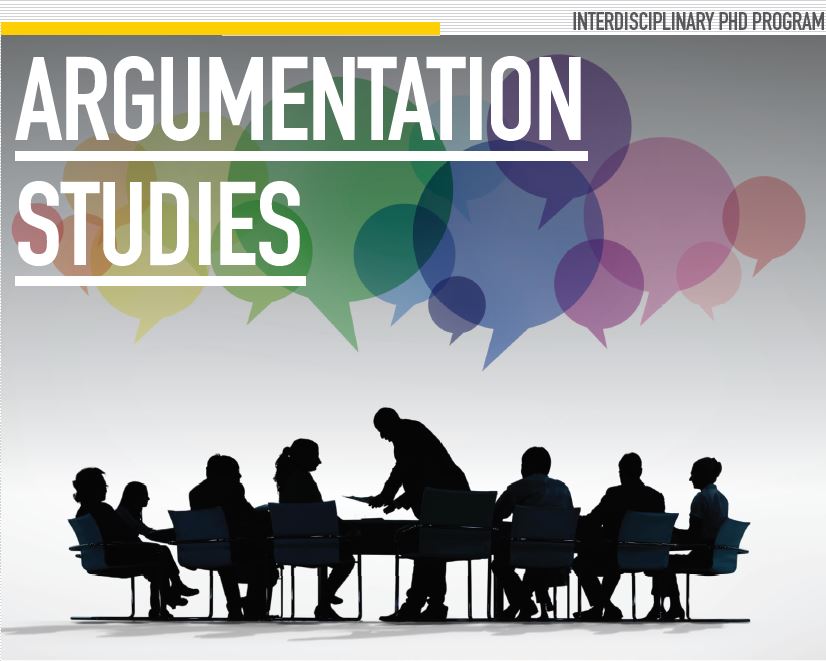Location
University of Windsor
Document Type
Paper
Keywords
Bayes’ theorem, cogency, credibility, inductive strength, Jeffrey’s rule, plausibility, probability, soundness, truth, validity
Start Date
18-5-2016 9:00 AM
End Date
21-5-2016 5:00 PM
Abstract
How can the objectivity of an argument’s conclusion be determined? To propose an answer, this paper builds on Betz’s (2013) view of premises as hedged hypotheses. If an argument’s premises are hedged, its conclusion must be hedged as well. But how? The paper first introduces a two-dimensional critical grid. The grid’s vertical dimension is inductive, reflecting the argument’s downward flow from premises to conclusion. It specifies the inductive probability (or plausibility) of the conclusion given the premises. The grid’s horizontal dimension is epistemic, focusing on the premises without dropping down to the conclusion. It evaluates the epistemic probability (or plausibility) of the premises when conjoined. This two-dimensional grid is then applied to three kinds of cases:
- vertical and horizontal evaluations rely on point-valued probabilities
- vertical and horizontal evaluations rely on interval probabilities
- vertical and horizontal evaluations rely on non-numeric plausibilities (e.g., nearly certain, credible, doubtful, etc.).
The result is that, in each case, the argument’s conclusion can be assigned a credence tag, as it were, that reflects a critical appraisal of its objectivity.
Reference
Betz, Gregor. 2013. “In defence of the value free ideal.” European Journal for Philosophy of Science 3, 207–220.
Creative Commons License

This work is licensed under a Creative Commons Attribution 4.0 International License.
Reader's Reactions
Frank Zenker, Commentary on John R. Welch’s “Conclusions as hedged hypotheses” (May 2016)
Conclusions as Hedged Hypotheses
University of Windsor
How can the objectivity of an argument’s conclusion be determined? To propose an answer, this paper builds on Betz’s (2013) view of premises as hedged hypotheses. If an argument’s premises are hedged, its conclusion must be hedged as well. But how? The paper first introduces a two-dimensional critical grid. The grid’s vertical dimension is inductive, reflecting the argument’s downward flow from premises to conclusion. It specifies the inductive probability (or plausibility) of the conclusion given the premises. The grid’s horizontal dimension is epistemic, focusing on the premises without dropping down to the conclusion. It evaluates the epistemic probability (or plausibility) of the premises when conjoined. This two-dimensional grid is then applied to three kinds of cases:
- vertical and horizontal evaluations rely on point-valued probabilities
- vertical and horizontal evaluations rely on interval probabilities
- vertical and horizontal evaluations rely on non-numeric plausibilities (e.g., nearly certain, credible, doubtful, etc.).
The result is that, in each case, the argument’s conclusion can be assigned a credence tag, as it were, that reflects a critical appraisal of its objectivity.
Reference
Betz, Gregor. 2013. “In defence of the value free ideal.” European Journal for Philosophy of Science 3, 207–220.


